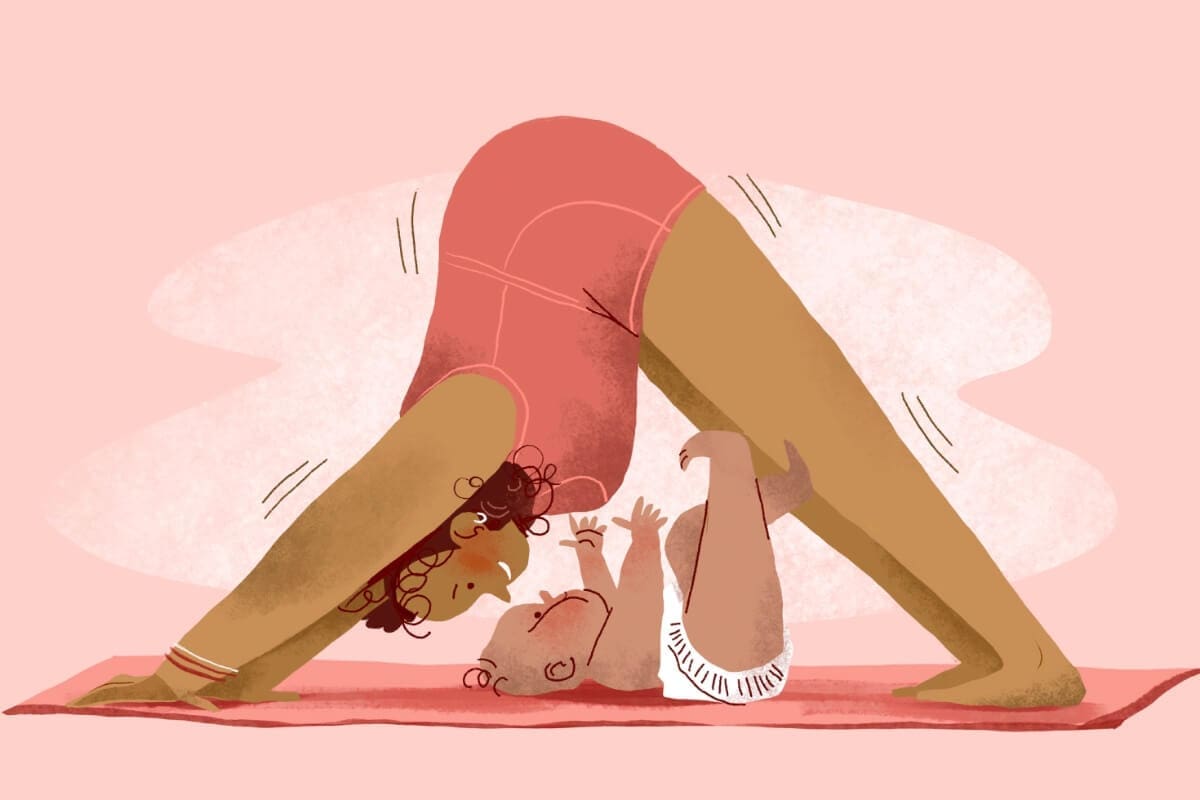
Each year, participating in sports causes tens of thousands of eye injuries. Most of these occur in kids, and about 90% of them can be avoided. Basketball and baseball cause the most eye injuries, followed by water sports and racquet sports. Learn about the risks and common injuries as well as how to help prevent them and when to see your doctor.
Path to improved health
When it comes to eye injuries, sports can be classified as low, high, or very high risk. Low-risk sports do not use a ball, puck, bat, stick, or racquet. They often do not involve body contact. These include sports such as track, swimming, dance, and gymnastics. High-risk sports often use equipment. They may involve body contact or exposure to the sun or harmful objects. Examples include baseball, basketball, hockey, football, soccer, rugby, and lacrosse. Outdoor cycling, fencing, tennis, and other racquet sports also are high risk. Sports that include direct face-to-face contact are very high risk. These include boxing, wrestling, and martial arts.
There are several types of common eye injuries in sports.
- Blunt trauma injuries. These occur when something or someone hits you in or around your eye. Such an injury can case a black eye, which is bruising of your eye, eyelid, or area around your eye. This often looks worse than it is, but it can cause damage. Other severe injuries include:
- Orbital blowout fracture: a broken bone under your eyeball
- Ruptured globe: a broken eyeball
- Detached retina: when part of your eye separates. Your retina is the tissue that is sensitive to light.
- Penetrating injuries. These occur when something or someone cuts or punctures your eye. If you wear glasses, they can break and cut your eye. Someone’s finger or an outside object can cut your eye. These injuries range from mild to deep cuts.
- Radiation injuries. These occur from sun exposure to your eyes. They are most common in outdoor sports, such as cycling, snow or water skiing, and other water sports.
In some cases, these or other eye injuries can lead to partial or complete blindness. Talk to your doctor about how you can protect your eyes. This is especially important if you play very high-risk sports. Eye protection can help reduce your chance or degree of eye injuries. Your best option is to wear 3mm polycarbonate lenses. These lenses are thin, lightweight, and impact resistant. You can find the lenses in safety glasses and goggles. They come in basic or prescription forms.
Sunglasses can protect your eyes from radiation. They cannot protect from blunt trauma or penetrating injuries. Regular glasses and contact lenses do not offer much protection. If you need these to see, you should wear safety eyewear over them. Using a helmet or faceguard is not enough. Your eyes still can suffer injury from equipment, a person, or an object. Sometimes, your helmet or faceguard can fall or be knocked off. This increases your risk of injury.
Things to consider
Your family doctor should examine you before you play any sports. Tell them if you have eye problems or a family history of retinal problems. If so, you should see an eye doctor (optometrist) before playing any high-risk or very high-risk sports. This will help you learn how to protect yourself from severe eye injury.
Do not try to treat the injury yourself or remove something from your eye. If you have a scratch, it may feel like you have an eyelash or other foreign object in your eye that you can’t seem to remove. Do not rub your eye, because that can make the injury worse. Seek care right away if you have symptoms, such as:
- Loss of vision
- Intense pain
- Blood in your eye
- Pus or fluid coming from your eye
- Cut on your eye, eyelid, or area around your eye
- Object in your eye
- An eye that is swollen shut
Most eye injuries require treatment. Treatment will depend on the type and degree of your injury. If it is mild, such as a black eye, use a cold compress. It can help reduce swelling. Apply it to your injured eye for 5 to 10 minutes at a time, resting in between. You can alternate the cold compress with a warm one.
If the injury is severe, your doctor may refer you to an optometrist or ophthalmologist. They will examine your eye and provide treatment options. These can include removal of an object or flushing of your eye. You may need surgery to repair your eye.
Do not return to sports until the doctor says it is safe. Do not take pain medicine or topical anesthetics to play through the pain. You also should not play if your vision is impaired in any way. When you return to sports, make sure you wear proper eye protection.
Questions to ask your doctor
- What type of treatment is best for my eye injury?
- How long will treatment last and when can I return to sports?
- What sports require me to wear eye protection, such as 3mm polycarbonate lenses?
Resources
![]()
Copyright © American Academy of Family Physicians
This information provides a general overview and may not apply to everyone. Talk to your family doctor to find out if this information applies to you and to get more information on this subject.











